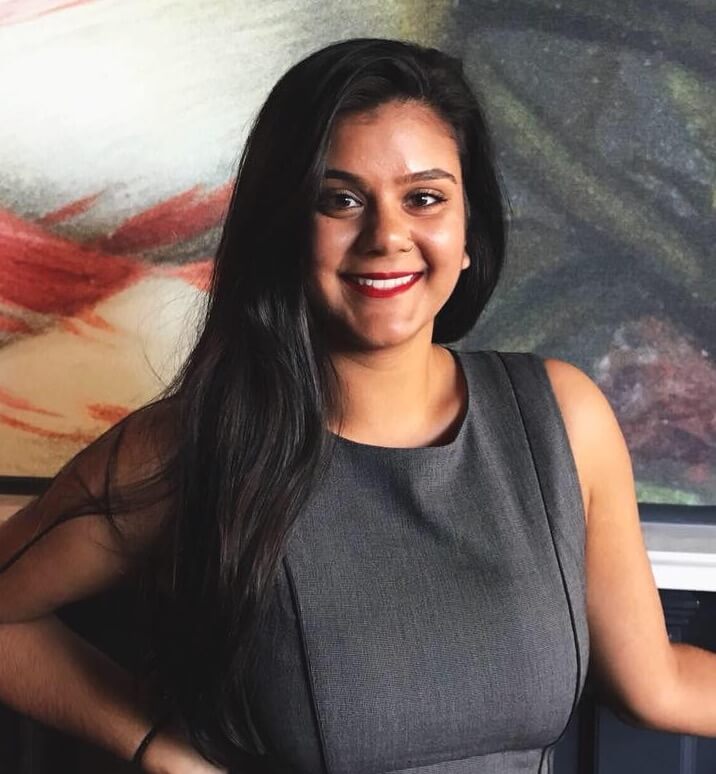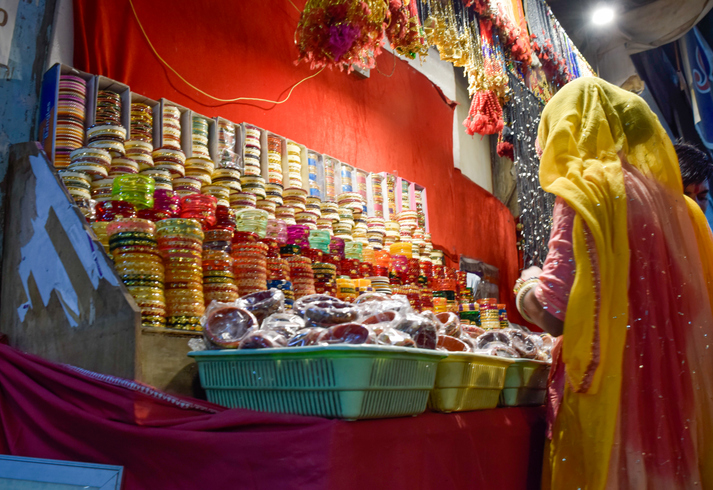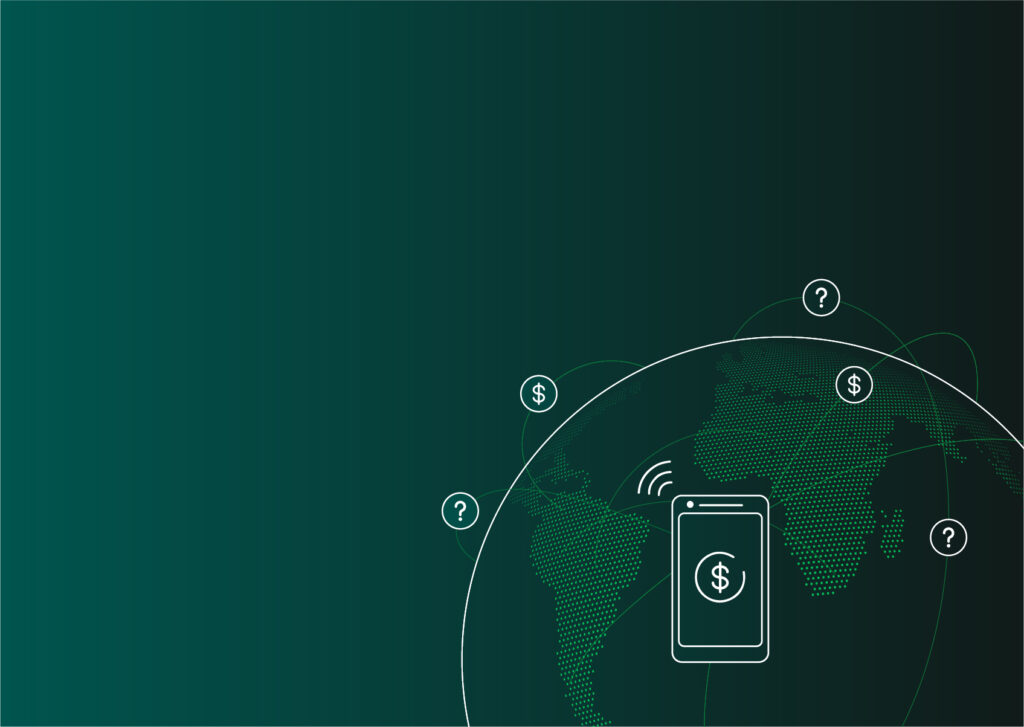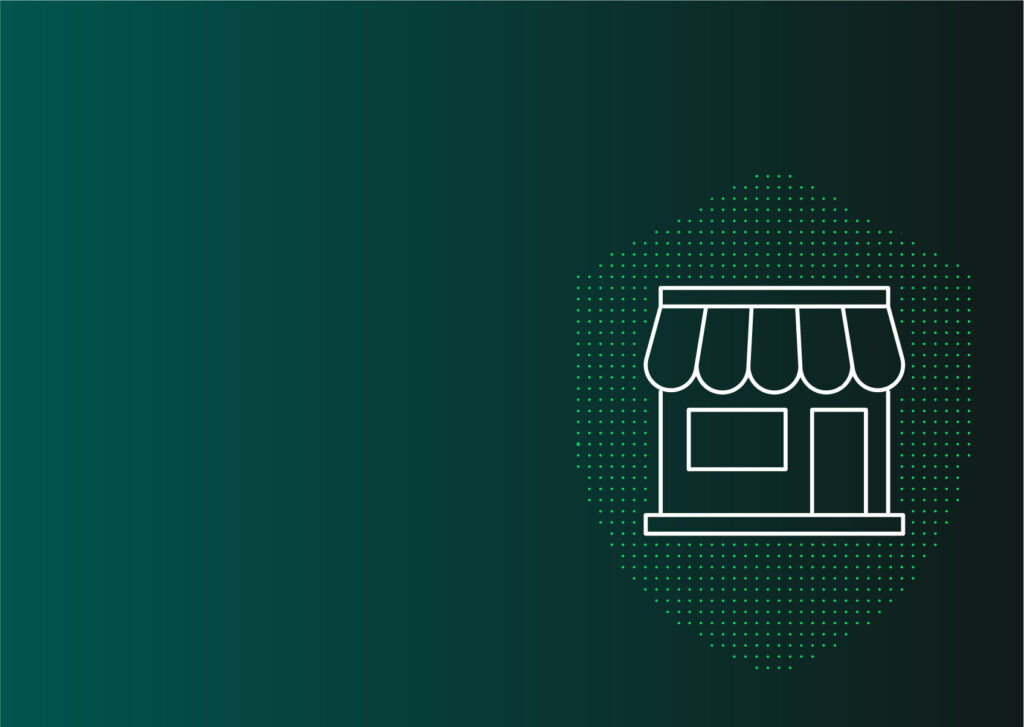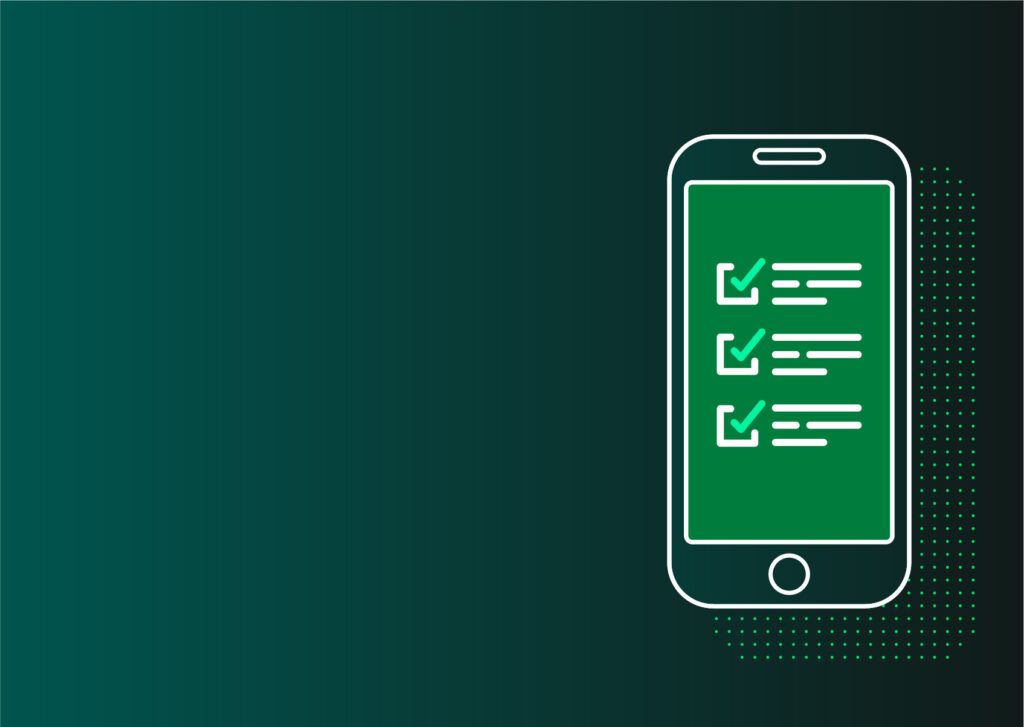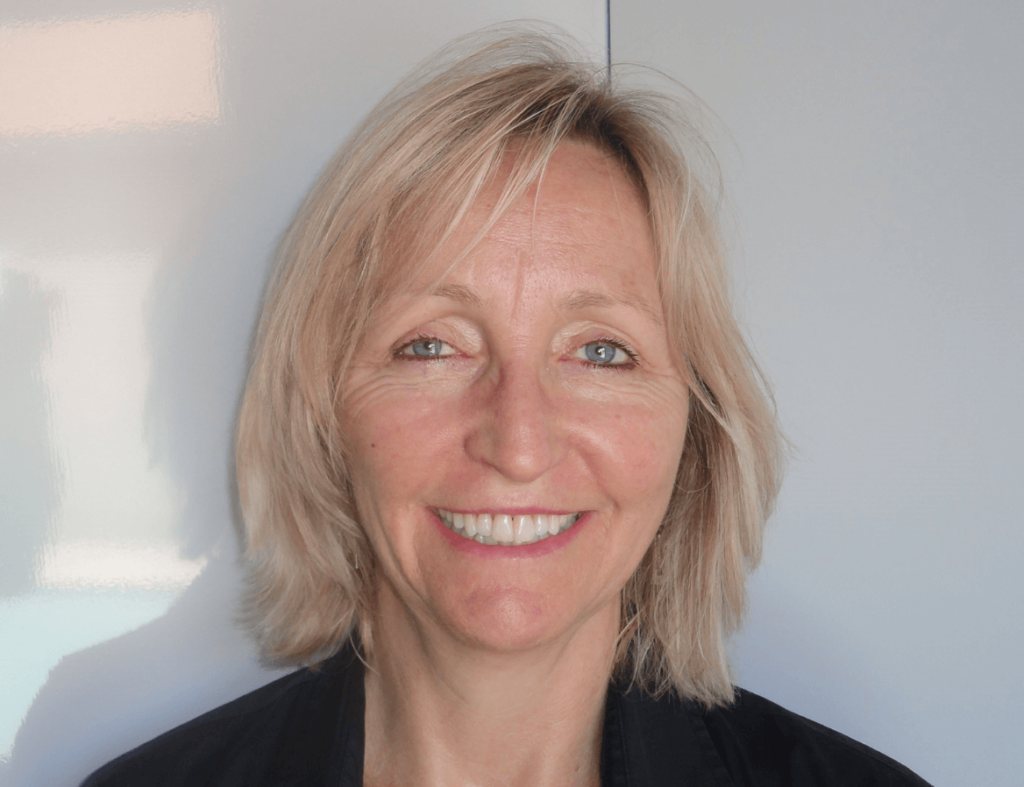
Series
With more than 30 years of financial experience, CFI Advisory Council Member, Joanna Ledgerwood, has witnessed dramatic changes in the inclusive finance space. Originally a banker interested in women’s studies, she entered the field hoping to contribute to improving women’s lives and alleviating poverty. After working at various organizations, including the World Bank and the Aga Khan Foundation, and eventually establishing and managing Financial Sector Deepening (FSD) Zambia, Joanna now focuses primarily on women’s financial inclusion and economic empowerment.
Joanna is a member of CGAP’s gender team, contributing most recently to understanding how gender norms affect women’s financial inclusion and building gender-transformative solutions. She also advises several organizations within the FSD Network in Sub-Saharan Africa. Joanna joined CFI’s Advisory Council in July 2020.
As she reflects on lessons learned and progress made, Joanna emphasizes the need to clearly define what success means for inclusive finance, and the importance of moving beyond access and use to actively assess and measure impact.
How did you get involved in inclusive finance and what are you working on now?
JL: After completing my MBA in the late 1980s, I found myself working as a private banker while taking women’s studies classes in the evenings. Quite a contrast! I had always been very interested in women’s empowerment and found it increasingly difficult to separate what I was doing in my career with what I really cared about. I decided to give up banking and joined Calmeadow, a Canadian NGO and forerunner in microcredit.
About 15 years ago, I met Alan Gibson and learned about Making Markets Work for the Poor (M4P). This approach, which I ended up writing a book about, changed my entire perspective on development. Now, working almost exclusively in women’s financial inclusion and empowerment, I use the M4P approach – now referred to as market systems development –in everything I do; I believe it is the only way to make progress in development.
How did you find yourself working on women’s financial inclusion?
JL: The genesis of my getting into microcredit was joining Calmeadow. However, for most of my development career, I didn’t focus on gender because I assumed that if the poor were benefiting, then women must be benefiting. It wasn’t until FSD Zambia that I became more involved in gender after securing funding from Sida for a women’s inclusion program. A couple of years after I left FSD Zambia, I spent about a year in an advisory role at the Bill and Melinda Gates Foundation, focused on their gender and policy work. There, I gained an understanding of what various funders and others were working on with regard to women. A few months later, I joined the CGAP gender team, where I focus on gender and market systems development.
How has inclusive finance changed since you first became interested in the subject?
JL: For one, the name and focus have changed. When I first joined Calmeadow, it was all about microcredit – the idea being if you provide a small amount of credit to (primarily) poor women, they could start a business that would reduce their poverty. After a decade or so of microcredit, we realized that savings were also important and shifted to microfinance. However, we were still very much centered around supply, and to some extent, I think we still are.
At the time this shift was taking place, I was working with the World Bank and wrote “The Microfinance Handbook” in 1998. The field has continued to evolve and eventually the term “financial inclusion” made more sense as (micro)insurance and payments were recognized as important financial services for the poor. Now, you often hear the term ‘inclusive finance’, indicating a shift in emphasis and a deeper focus on inclusivity.
I’ve also seen a big movement towards adopting a market systems development approach: recognizing how the various functions and actors necessary in financial market systems must work together to include those underserved and excluded and, ultimately, benefit the real economy.
The other big change has been the acknowledgment of the informal financial sector and its importance in providing financial services to the poor, particularly women and particularly in rural areas. Donor investments made to develop the savings groups sector have been transformational. I think we can learn from the informal sector how to make the formal financial sector work better for women.
What is your view on the current state of inclusive finance?
If we don’t proactively consider why these groups are underserved or excluded, and then do something about it, inclusive finance won’t be “inclusive”.
JL: What immediately comes to mind is “we’re getting there.” Although much progress has been made, there has recently been an acknowledgment that some marginalized groups are not as included as we assumed. If we don’t proactively consider why these groups are underserved or excluded, and then do something about it, inclusive finance won’t be “inclusive”.
Gender equity, for example, is at the core of development and therefore fundamental to our work in finance. Many people are now talking about a shift toward the “real economy” and how financial services can contribute to inclusive economic growth, access to basic services, and resilience. However, if we’re not intentional and don’t fully consider women and the need for gender equality, real economic impact will be less and will be inequitable.
What unique expertise do you bring to CFI’s Advisory Council?
JL: Probably my work in women’s financial inclusion, which is useful since it’s one of CFI’s key focus areas. I love the work CFI is doing on women’s financial inclusion and it’s great to be able to be more actively involved. Also, market systems development, because I believe it’s the only approach that will result in sustainable change that benefits the poor.
If you weren’t in your current professional role, what would you be doing right now?
JL: I love my work and the people I have met through it. So, fortunately, I’m doing exactly what I want to be doing. However, if I didn’t work in inclusive finance, I would do something to combat human trafficking. I actually retired about four years ago, but I somehow morphed back into working and got really into women’s financial inclusion and empowerment. I am probably the most inspired and passionate about my work now as I ever have been.
What lessons did you learn as the founding director of FSD Zambia?
JL: I learned that to effect market system change, you need to be close to market actors, and I don’t just mean in the private sector. Market actors also include the public sector and civil society. We must consider all the actors (and functions) that either contribute to or constrain the financial market system from working well for everyone – so policymakers, ministries, payment platforms, collateral registries, data management providers, and many others.
Facilitating change requires knowing what’s going on. You need to conduct the research, talk to people, have your ear to the ground. So, when the opportunity for change comes, you’re informed and can influence change in market actor behavior.
What are the most crucial issues in inclusive finance that we should prioritize over the next five years and why?
The end game is not just about closing the gender gap; it’s about identifying and measuring the benefits of financial services for women.
JL: We need to reach marginalized groups. I think it’s key that we figure out how to define success and how best to measure it. And in measuring it, we pay attention to what is and is not working and adapt what we are doing. The end game is not just about closing the gender gap; it’s about identifying and measuring the benefits of financial services for women. It’s not just about access and use. We need to understand what poor people use financial services for. Are their lives improving as a result? Is poverty being alleviated? That requires not only defining impact but also measuring it and developing an evidence base of what works. Inclusive finance must be inclusive.
In these recent times of uncertainty, what keeps you up at night and what keeps you inspired?
JL: A key development objective is poverty alleviation, and gender equality is right at the heart of it. Women simply do not have the same opportunities as men – they have less access to education, health services, finance, etc. – and this inhibits their equal chances to succeed. Women are expected to provide the lion’s share of (unpaid) childcare and domestic work which in turn limits their mobility, their time, and access to market resources and information. They have limited ownership and control of assets, which limits their economic participation as producers. All of this results in income inequality. Therefore, gender inequality is not just a symptom but a cause of poverty. The more research I do, the more I realize that if we’re not making progress on gender equality, then we’re not making progress on the bigger development objectives.
If we’re not making progress on gender equality, then we’re not making progress on the bigger development objectives.
What keeps me inspired are the people. My colleagues, many of whom I consider friends, are really smart and really dedicated. I also think that COVID, despite all the harm it has done, presents an opportunity to ‘build back’ differently. In these uncertain times, I can’t emphasize enough how important it is to understand women’s experiences, needs, preferences, capabilities, and constraints and how they differ from men’s, and design interventions that will result in products, services, policies, and behavior change that work for women.
